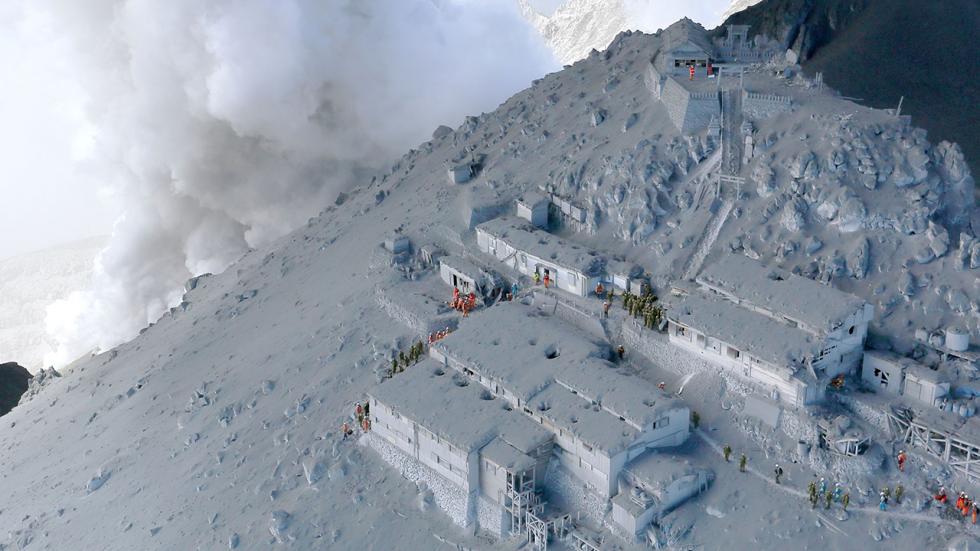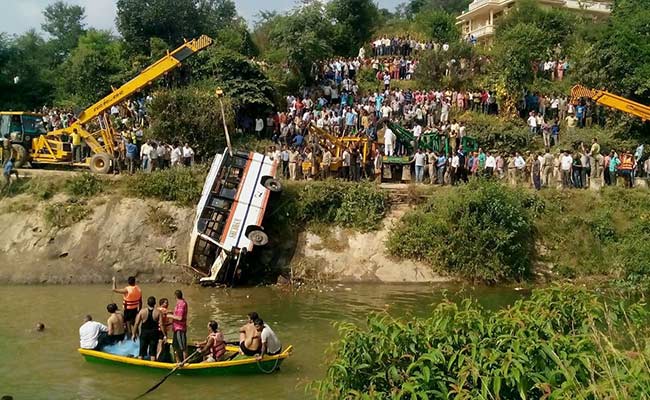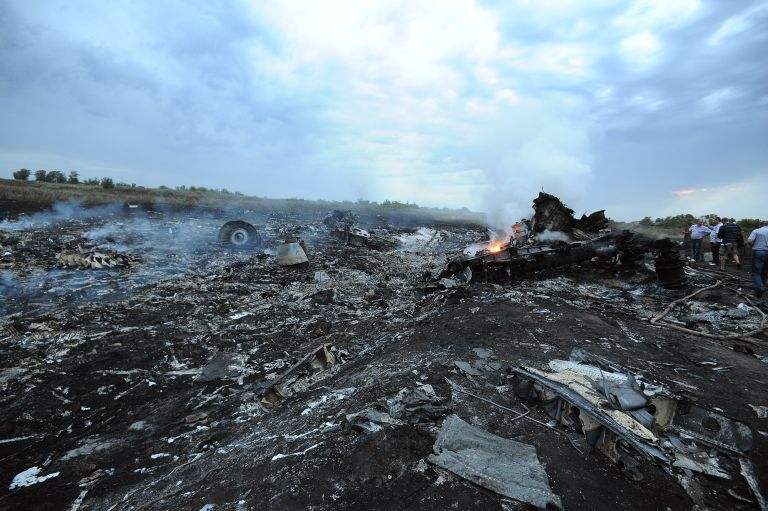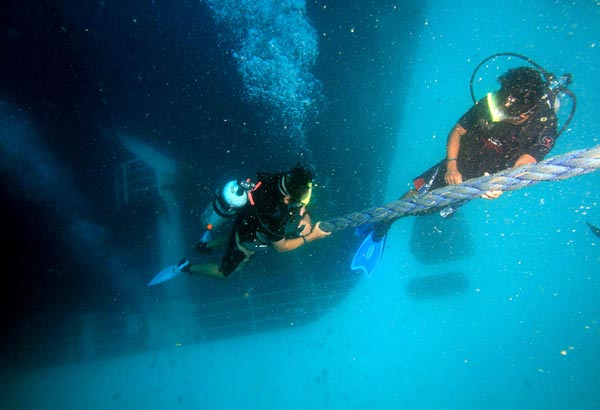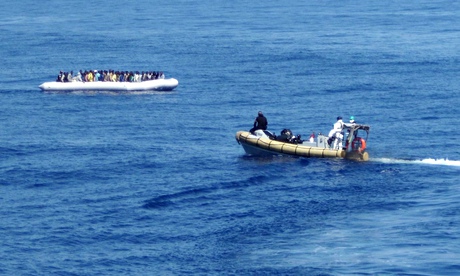
The death toll from M/V Maharlika 2 has now reached eight as five more bodies were recovered during the search, rescue, and retrieval operations, Marisol Abdurahman's report on "24 Oras" said on Monday evening.
One of the bodies recovered by the Philippine Navy, Philippine Air Force, and Philippine Coast Guard off the shore one of Surigao City's islands was that of a girl aged two to three years old.
According to Lt. Cmdr. Marideth Domingo, chief of the Navy Public Affairs Office, the recovered bodies have already been claimed by relatives.
"Two of the cadavers are included in the missing individuals reported yesterday. Isa na lang po ngayon ang reportedly missing pa rin," she said, adding search and rescue operations will resume on Tuesday.
According to the survivors, the Coast Guard allowed the vessel to leave the port despite adverse weather conditions that started on Friday night. No typhoon signal had been raised in the province.
"Nung gabi pa lang malakas na hangin dito. Alam naman nila kung puwedeng lumayag o hindi," said one Ma. Isabel Colmenares, one of the survivors.
According to the report, 116 passengers including the crew were on board the vessel. Five persons are still missing, while 113 have been rescued. Three bodies have been recovered earlier.
"May nakuha akong tali. Ginanyan ko dito lahat para ma save ako," said Juditha Reyes, one of the 113 survivors/
M/V Maharlika 2 is a roll-on/roll-off vessel that sank off Southern Leyte between 4 p.m. to 5 p.m. on Saturday afternoon.
Philharbor Ferries and Port Services, Inc., the owner of the vessel, has said that it was cooperating with the authorities in the search, rescue, and retrieval operations, the report added.
Philharbor also promised to make sure all persons on board the vessel were accounted for. It would also coordinate with coast guard's investigating team to find out the root of the incident.
The operator of the inter-island vessel that sank off Southern Leyte over the weekend said it was looking into a supposed "discrepancy" in the total number of passengers onboard when the incident happened.
According to the coast guard, there were passengers rescued who were not listed in the manifest, which should include complete information on passengers, crew, and cargo.
"Apparently, there was a lapse in the implementation of such protocol," Philharbor said in an email to GMA News Online on Monday.
"[We are] currently investigating on the discrepancy in terms of actual number of passengers who boarded the vessel versus those listed in the manifest. As a standard operating procedure, the list of passengers including the crew should be submitted by the personnel in-charge to the PCG (Philippine Coast Guard) prior to depature," it said.
Philharbor said Maharlika 2 left the station in Lipata, Surigao with 113 people onboard, including 81 passengers and 32 crew members onboard, as well as the following rolling cargo:
five six-wheeler trucks,
one passenger bus,
six 10-wheeler trucks, and
a four-wheeler truck
In an interview with "News To Go" on Monday morning, PCG spokesperson Commander Armand Balilo said two dozen people onboard the vessel were not listed in the manifesto.
He said a corrected entry from the ship's captain showed that a total of 116 passengers were on the vessel, with the figures coming from personnel's survey with the crew and passengers with relatives onboard.
"Initially ho, sabi ng kapitan, 'yung drivers nu'ng bus at mga pahinante ay hindi isinama sa mga pasahero na nakalista," Balilo said, adding that they will let Maharlika 2's operator explain the exclusion.
Vessel 'prepared'
In the aftermath of the incident, Philharbor management said it "has activated its Emergency Preparedness Team to attend to all [the] needs" of passengers in the incident, and it has established an investigating team to find out what happened.
The vessel, which has a 403-person capacity, was "prepared for incidents of this nature," with 12 inflatable and six rigid life rafts that can carry 25 persons each, as well as "complete life saving devices on board based on the requirement" of the International Convention on the Safety of Life at Sea and the Maritime Industry Authority, it also said.
Personnel have been sent to Lipata, Surigao and Liloan in Southern Leyte to assist in the incident, it added.
Some 109 passengers and crew members have been rescued, Philharbor said, adding that "the only person declared missing ... is our Chief Engineer, Nelson Custodio."
"He was among the last to leave the ship and was last seen trying to save a child clutched in his arms," it said.
Meanwhile, the number of casualties in the incident has risen to eight, as the PCG continued its search and rescue operations on Monday.
According to Balilo, the Coast Guard needs to account for the missing passengers first before completely proceeding with the investigation on what went wrong in the incident.
He said Monday that the vessel's sinking was not due to Typhoon Luis, adding that the crew cited "dead on water," or a mechanical failure when they called for help.
Monday 15 September 2014
http://www.gmanetwork.com/news/story/379302/news/regions/death-toll-in-ferry-sinking-now-at-eight-five-still-missing





